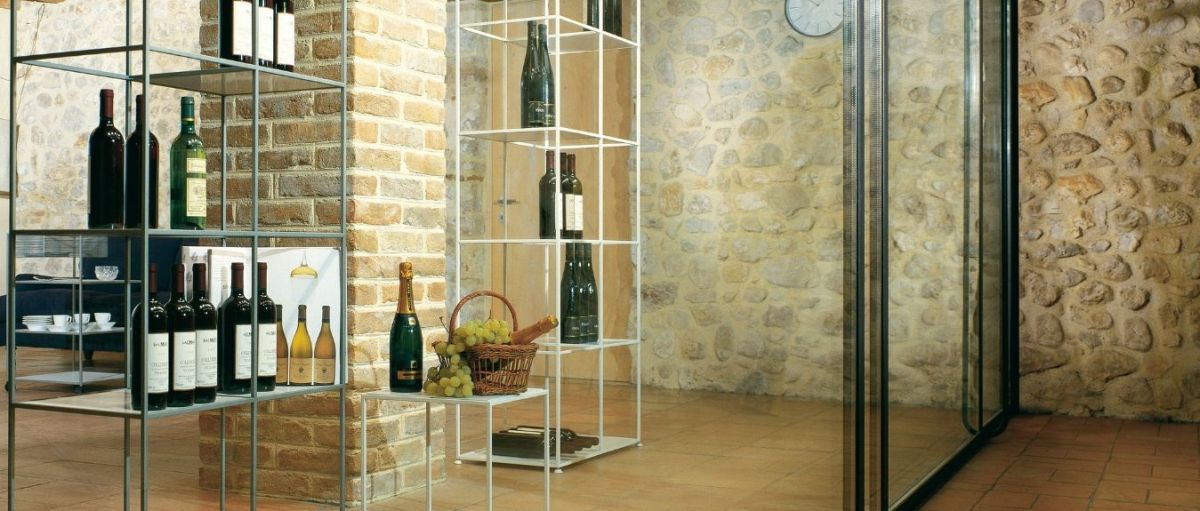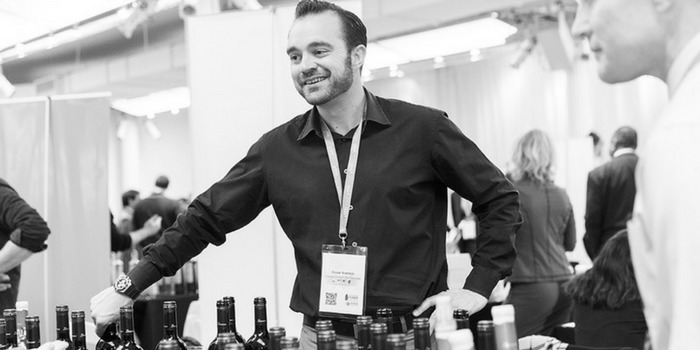Warehouse
Deadline
July 10, 2026
Judging
Date
July 27, 2026
Winners
Announced
August 12, 2026

One important way to grow the profitability of your winery is to increase the distribution for your wines at on-premise establishments such as bars, taverns, clubs, restaurants and hotels. However, gaining distribution at these establishments is a bit more complex than it initially sounds.
As a result, you are going to need a very well developed distribution strategy to enter key on-premise establishments. This makes sense, right? A restaurant may already have an extensive wine list of 100+ wines. Why, exactly, should they include yours on the list? With that in mind, here are 8 tips to help grow your on-premise wine distribution.
This might sound obvious, but it is absolutely crucial that you match the positioning of your brand to the type of on-premise establishment that you are trying to target. For example, if your wine is being positioned as a fun, drinkable wine for young millennials, you might have better success targeting the types of restaurants that they are most likely to visit. The key here is creating a segmented database that matches up with your overall brand positioning. Every outlet in your database, then, should correspond to your overall brand image.
On a year-round basis, on-premise establishments are looking for new wines to consider and add to their offerings. Thus, if you limit yourself to just a few periods of the year when you have the “down time” to focus on distribution, you might be missing out on some very important distribution opportunities. According to buyers in the market, just about any month of the year except December (when many establishments are closing down accounts for the year and getting ready for the big holiday period) is a good time to consider new distribution opportunities.

In today’s wine industry, there is a lot more that matters to potential consumers than just the taste of the wine. That’s especially true for younger wine drinkers, who might be looking for a wine brand that expresses who they are and what their values are. For example, anyone who is interested in environmental issues, climate change, and the farm-to-table restaurant movement is likely interested in biodynamic wines and organic wines. That’s something that you will want to highlight directly on your bottles, especially when it comes to the label. This can help you stand out from the competition.
Most likely, you’ve left a review on Yelp or some other site after dining out at a restaurant, right? Well, today’s consumers are also leaving reviews online every time they buy a bottle of wine. And when they go out to purchase a bottle of wine, they are likely to have an app like Vivino on their mobile phone, which will enable them to read what others are saying about your wine. As a result, you absolutely need to get out in front of this trend and figure out all the places – including Wine-Searcher.com – where people are leaving wine reviews. The higher the reviews you receive, the more likely that an on-premise establishment will want to include your wine on their wine list.
Many wine brands claim to be “premium,” but do very little to distinguish themselves from the competition. Just because your wine is a limited production wine made with tremendous technical expertise does not mean that it is a premium wine. Thus, if you are going to go after the premium market, you need to consider all the factors that determine whether or not a wine is “premium.’ That focus on premium means everything from shelf presence to pricing needs to support the premium story. Pricing here is particularly important because the most successful distributors will always tell you: never discount a premium niche brand. Once you make the first discount, it will become much more difficult to raise that price later.
One factor that can tilt the playing field in your favor is providing extra training and marketing collateral to on-premise establishments. For example, if your wine can be paired with certain food items, make that very clear to the establishment you are pursuing. For example, wouldn’t a fish restaurant want a new white wine that it can pair with some of the most popular fish items on its menu? While much of the marketing collateral you find in bars and clubs involves beer and spirits, there is also plenty of opportunities to tell your brand story in a way that integrates with the overall dining or drinking experience.
Getting your distribution strategy right means being very strategic about which cities you target –and in which sequence. As a general rule of thumb, you will be more successful if you target large cities first, and then once you’ve established a beachhead there, work your way to smaller nearby cities. For example, what if you are trying to gain distribution in the U.S. Northeast? You would probably want to focus first on one of the big cities in the region – Boston, New York, Philadelphia or Washington – and then work your way up (or down) the Eastern Seaboard.

Distribution is about more than just placing a few well-connected phone calls. There is a lot that goes into the distribution process, everything from importing and storage to marketing, media, and PR. For most wine brands, it makes sense to find a rep or agency that can handle everything for you as a one-stop shop. Involving too many people at one time will make it harder to streamline your distribution process later. The right agency or representative will also have a wide network of contacts that they can reach in order to find distribution for your wine.
As you can see, there is a lot that you need to take into account as you go about growing your on-premise wine distribution. By committing to a distribution strategy that makes sense for your brand, you can increase the likelihood of finding plenty of new venues for your wine.
Grow your wines in the off-premise channels of the USA. The Early Bird submission deadline is February 20, 2026, and the domestic submission deadline is June 30, 2026. Here is how to enter.